
Growing vegetables isn’t always easy. Anyone who has ever tried to manage a survival garden can attest to that.
It is never for certain that your tomatoes will ripen beautifully, or that your eggplants will be as perfectly shiny as store-bought ones.
Sometimes the only thing certain about gardening is the uncertainty that comes with planting, watering, greedy insects and little to bumper harvests. I suppose that is one of the reasons that so many people are attracted to gardening in the first place: the thrill of it all.
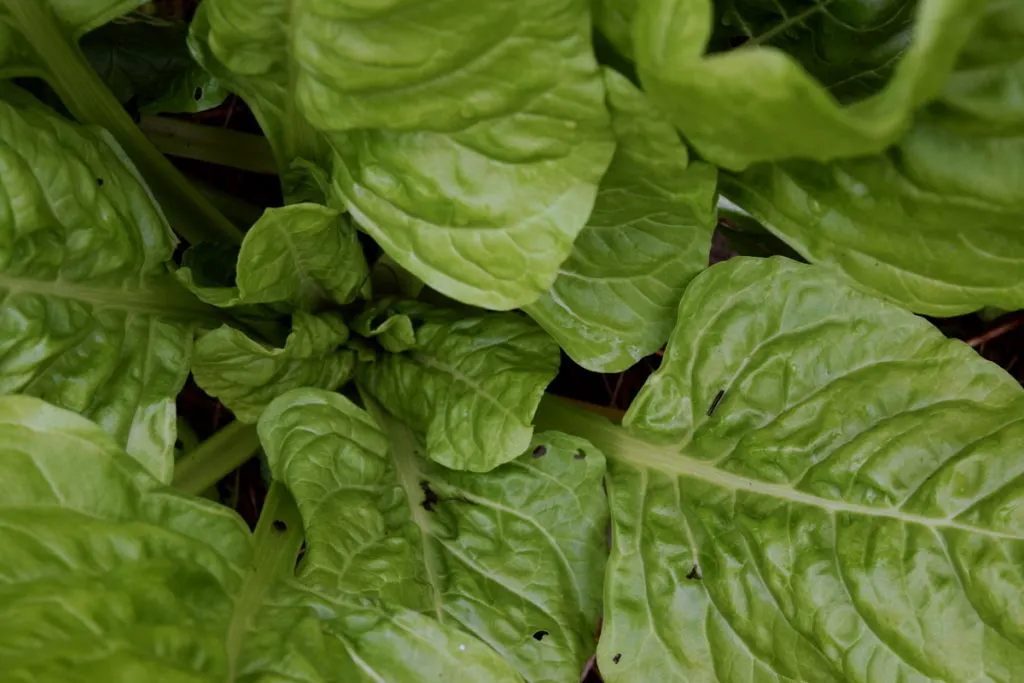
Plus, the side benefit that you get to eat what you lovingly grow.
If you are growing chard in your garden you are in for a real treat!
Not only does it grow better than spinach in most climates (chard is more tolerant of both cold and heat), it is easy to grow overall. Chard is one of those non-fussy plants that happily expands in all directions, all season long, allowing you to harvest into November and beyond. This depends on your climate, of course.
And because you can rip off as many leaves as you need at a time, the goodness just keeps coming.
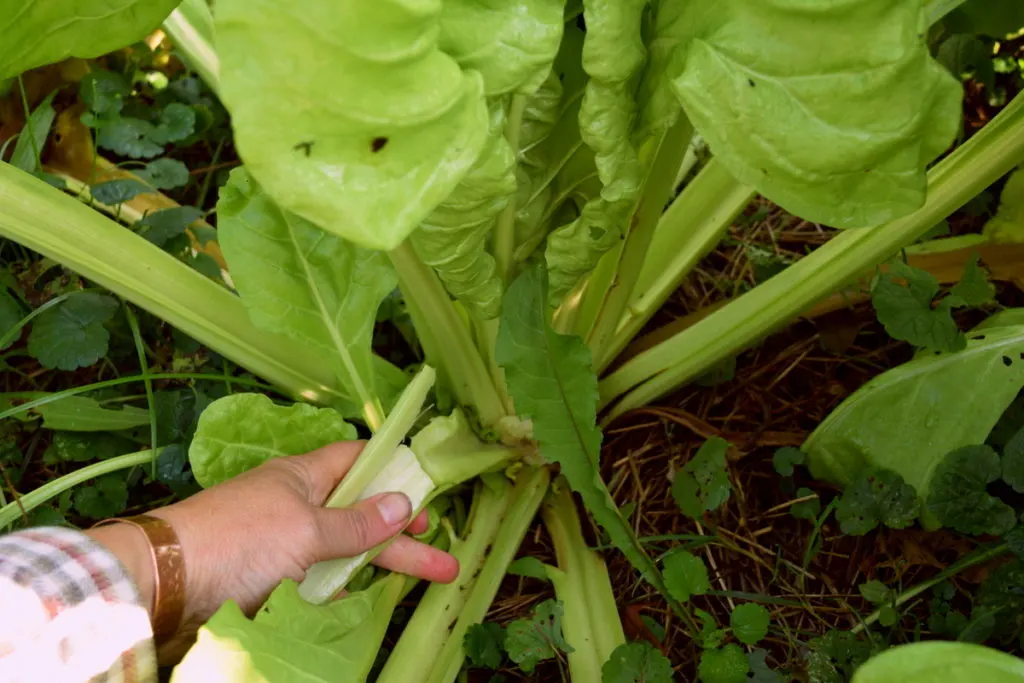
New stalks will continue to form in the center of the plant until the coldest weather hits. So, remember to harvest the outer, largest leaves first for a continuous supply.
If your chard leaves grow extremely large, it may be enough to harvest just 2 leaves with stalks for an entire meal!
Benefits of Swiss chard
Chard (Beta vulgaris) belongs to the same family as kale and collard greens. Like these other, more famous greens, it is the stalks and the leaves that are edible.
Yet, Swiss chard has much more of a mild flavor, making it likeable even to the choosiest of eaters. It is green, looks like a vegetable and tastes like what it is: a humble leaf. This is what makes it perfectly delicious in so many recipes. You can always use it in place of spinach in any recipe, you can top your pizza with it, add it to a side salad. Anything goes.
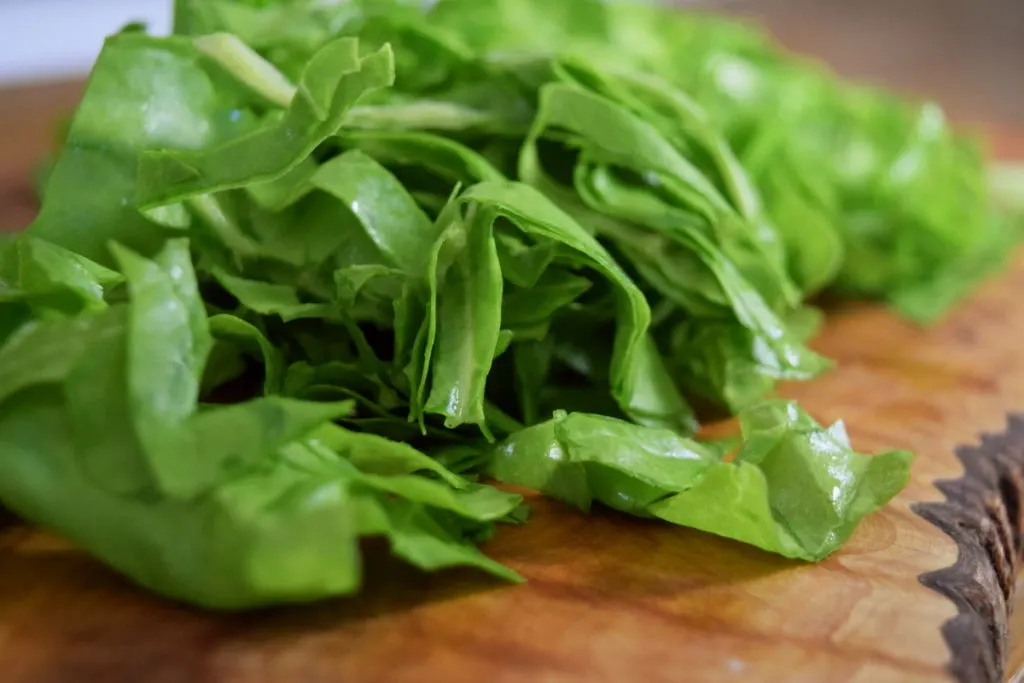
Rainbow chard on the other hand, although it tastes the same as those wonderfully large green leaves, boasts a color scheme that runs from bright red to yellow, orange and white. This in itself is an enticement to cook with it and enjoy every bite.
Setting flavor aside for just one moment, it is wise to inform yourself that chard is rich in certain vitamins and minerals as well.
Swiss chard is:
- rich in antioxidants
- full of vitamins: A, C, E, K, along with several B vitamins
- a good source of magnesium, potassium, iron and calcium
- low in calories
When you combine your garden harvests (or market harvest, if you currently do not have a garden) with foraging, an abundance of vitamin and mineral-rich foods are always within reach.
When to harvest chard
As previously mentioned, homegrown chard is available for harvesting as soon as you deem it big enough to be eaten. Considering that chard leaves can grow 1-2 feet tall, that choice is up to you. Pulling or cutting back the outer stalks will stimulate growth, which will allow you to harvest often.
If you are purchasing chard from a market seller, look for freshly cut leaves and stalks that are still firm. Though the leaves can be refrigerated for 3-5 days, it is always best to consume it fresh.
One serving of raw chard is 1 cup. Cooked, this translates into about 1/2 cup. Keep this in mind when consuming chard, as it contains oxalic acids just as spinach, kale and beet greens do.
7 Easy & Delicious Chard Recipes
Without further ado, here are seven easy and delicious chard recipes to whet your appetite and to keep your strength up from midsummer all the way through early winter.
1. Chard and pork stew
One day the sky is sunny and blue. The next it is overcast and grey with a chill in the air – and in your bones. So, what are you to do? Make an appetizing pumpkin soup or a hearty stew.
There are several ways to make a nourishing stew and it can be hard to choose. Let me offer up one of our family favorites.
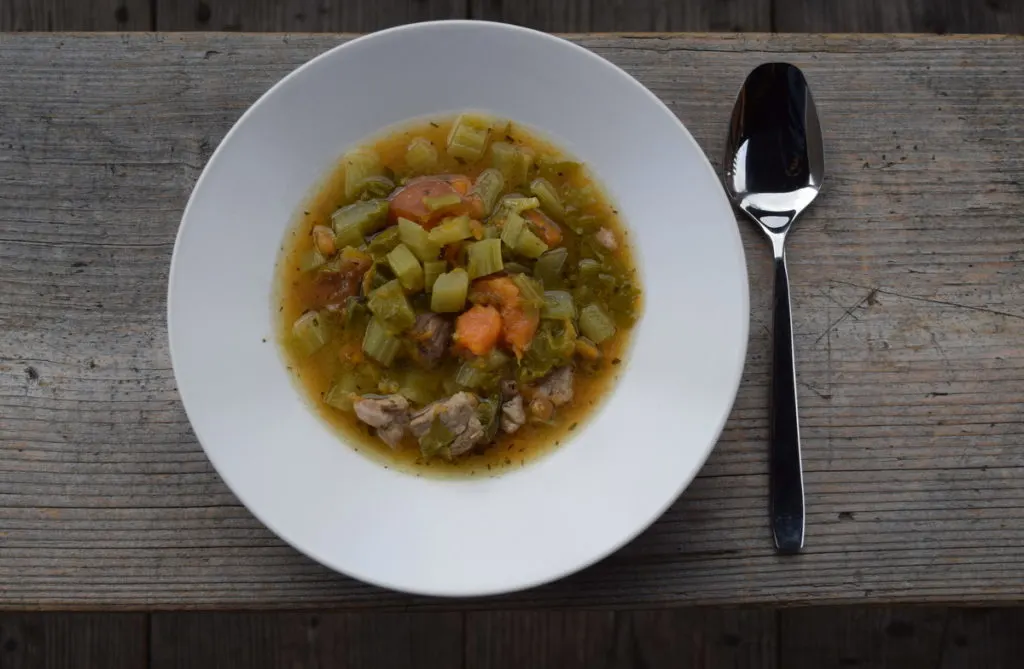
Make it once, then decide if you would like to add any other ingredient to it, such as beans, peppers or artichoke hearts. Toss in a handful of whatever is in season, or whatever item from your pantry you have on hand, for no recipe should be made by the book (unless you are making a pastry).
Give yourself room for creative freedom and use these chard stew ingredients as a guideline:
- 2 lb. pork shoulder, cut into cubes
- 2 T. lard or vegetable oil
- 1 onion, chopped
- 2 apples, chopped
- 2 sweet potatoes
- 4 cups chard, chopped
- 2 tsp. dried tarragon
- salt, to taste
- whole garlic cloves, optional
- water, broth or any vegetable stock you might have on hand, to cover
Directions
- Cut pork shoulder into bite-size cubes. In the meantime, heat up a cooking pot (over medium heat) with lard or vegetable oil, add the meat and brown on all sides.
- Add the onion and cook until soft.
- Toss in apple and sweet potato chunks, as well as the dried tarragon. Add water (or broth, stock) and bring to a boil, then simmer with lid partially on for 1 hour until meat and veggies are tender.
- In the last 5-10 minutes of cooking, add the cut up chard stalks and leaves.
- Serve hot with a splash of apple cider vinegar or your spring herbal infused vinegar.
Of course you can make substitutions. Regular white potatoes for the sweet ones. Carrots and fennel instead of any potato. Though I recommend to keep the apples in the pork stew, it does make the meat incredibly tender. And that splash of ACV? The icing on the cake, or the stew, as it would seem.
2. Chard frittata or omelette
There is nothing easier or more rewarding than cooking up a classic breakfast in less than 15 minutes.
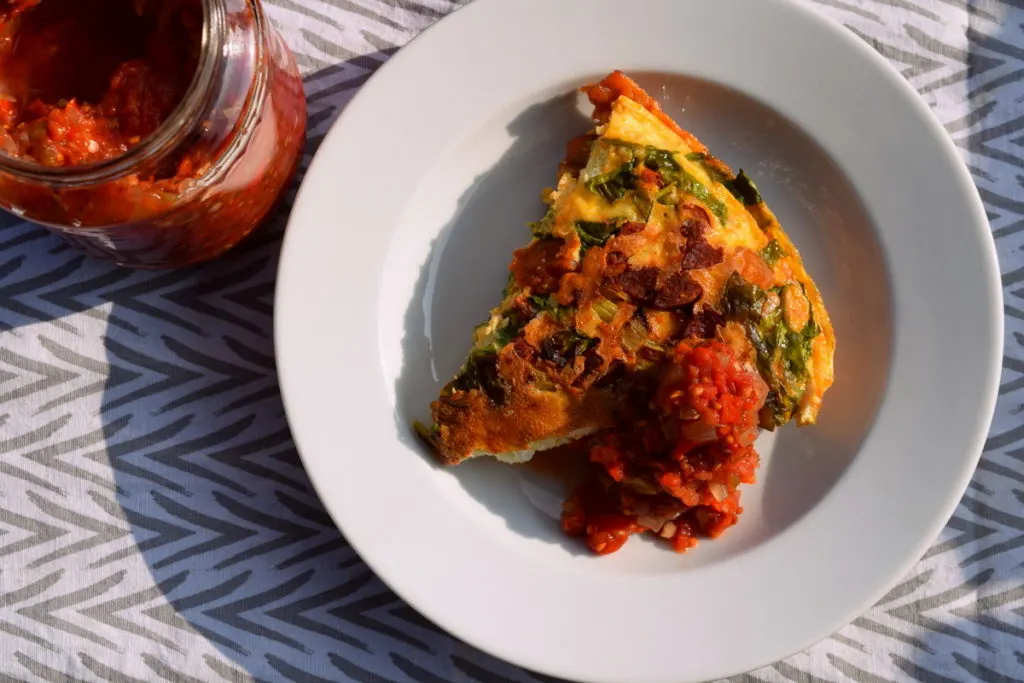
If you aren’t sure what the difference between a frittata and an omelette is, there is always time to learn something new. You’ll also be happy to know that chard pairs nicely with either version.
No matter what you choose, they are both excellent ways to use up a surplus of eggs.
To make a chard frittata you will need the following ingredients:
- 6 slices bacon, roughly chopped or 1/2 cup pre-cooked sausage
- 1 small red onion, chopped
- 2 cups chard leaves and stems, finely chopped
- 8 eggs
- 1/2 cup grated cheese
- salt and spices, to taste
- homemade salsa, optional
Directions
- Fry up the bacon bits in a cast iron pan. Cook just halfway before adding the onion and chard stems. When these are soft, toss in the finely chopped chard leaves.
- Whisk all eggs together with salt and cheese.
- Give the bacon and chard mixture a good stir before adding the whisked egg/cheese mix. Continue cooking over medium heat until sides are set, then cover with a lid until eggs are cooked through.
Alternatively, or more traditionally, you could finish off your frittata in the oven at 400°F.
Serve warm or cold with a side of salsa.
3. Pasta with chard, bacon and cheese
Easy, quick, satisfying. Pasta needs no recipe. That is, unless you are making pasta by hand. Then you better stick to some more exact measurements. All it takes is flour, eggs and salt. It also happens to be one of those kitchen staples that you should learn to make at home, instead of always relying on industry to provide for you.
After all, the ability to eat well is partly about self-reliance. At least, homesteaders, gardeners and backyard chicken raisers are headed in that direction. We hope you are too.
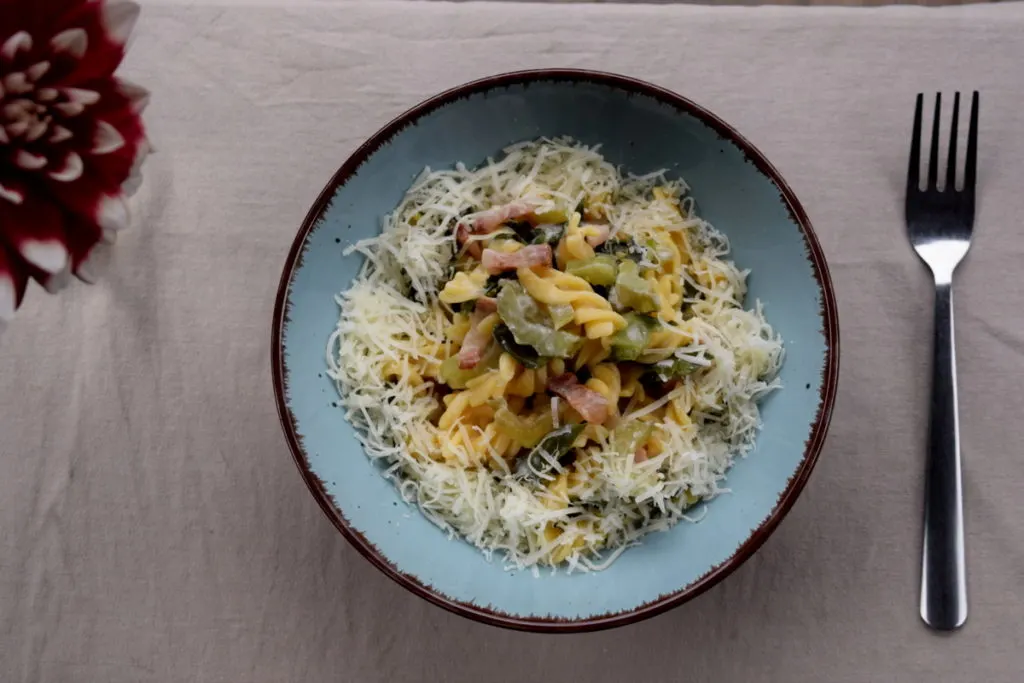
So, for this chardy pasta with bacon and cheese you get to toss out the recipe altogether and just whip up a dish based on what you have in your pantry.
While the pot of water is coming to a boil on the stove, fry up your bacon/sausage/ham, then toss in a couple handfuls of chopped chard leaves. Toss in a few eggs and scramble them for more energy or simply stop there.
Cook the pasta to your liking. Add the sautéed chard and stir in as much grated cheese as you wish. A few spoonfuls of yogurt makes it extra creamy – and brings some healthy probiotics to the meal as well.
4. Chard quiche
Crustless or crustful. Warm or cold. How do you prefer to eat your quiche?
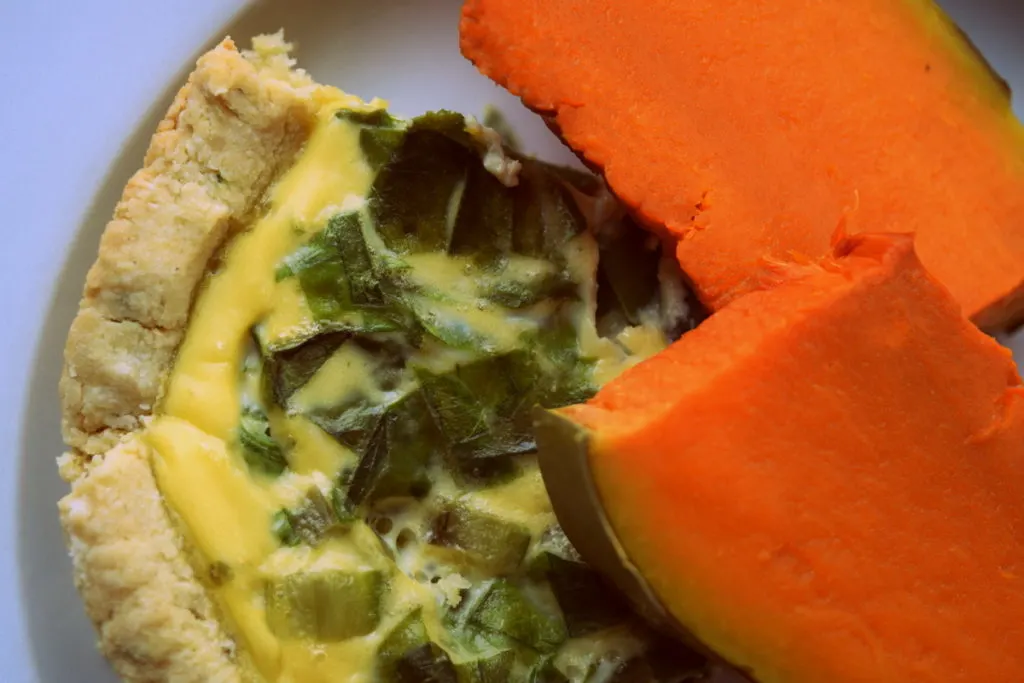
As long as there is chard in the garden, we prefer our quiche with chard. It is an easy way to consume a few large Swiss chard leaves at once. Or rather, slice by slice.
Ingredients for chard quiche
- homemade or store-bought pie crust dough
- 4 eggs
- 1 cup heavy cream or ayran (a delicious salty yogurt drink)
- 1/2 cup grated cheese
- salt and pepper, to taste
- 4 cups Swiss chard leaves, roughly chopped
- bacon, sausage and garlic, optional
If you would like to keep it vegetarian, simply omit the meat. Quiche is extremely tasty in a gluten-free version too.
Directions
- Preheat oven to 400°F.
- Grease pie pan or baking dish and fill with pie crust, bring up the edges. Blind bake the crust halfway (so it won’t get soggy with the egg/cream/yogurt mixture).
- While the crust is baking, whisk together the eggs, cream, cheese and spices. At the same time sauté the chopped chard leaves in butter until tender.
- Remove crust from oven, add the warm chard leaves and spread them evenly. Pour the eggy cream mixture over the top.
- Bake at 375°F for 20 minutes, or until it is lightly firm.
- Allow the quiche to cool 10 minutes before cutting.
There are literally hundreds of quiche recipes out there, do a taste test to find the one that is most appetizing for you and your family. Even if that means you are making a new quiche every week.
You could also add leeks, mushrooms, peppers, spinach, zucchini – whatever you have in the garden or in your pantry.
A friendly reminder: quiches are a wonderful way to use up all manner of leftover veggies before they go bad. If your aim is zero food waste, quickly befriend the idea of quiche for breakfast, lunch or dinner, for individual slices can even be frozen for later meals.
5. Stuffed chard leaves
Now, here is one dish you will want to consume straight from the pot.
Much of the world is familiar with stuffed cabbage and stuffed grape leaves, but what about stuffed chard?
All you have to do is take your favorite stuffed leaves recipe and simply replace the greens.
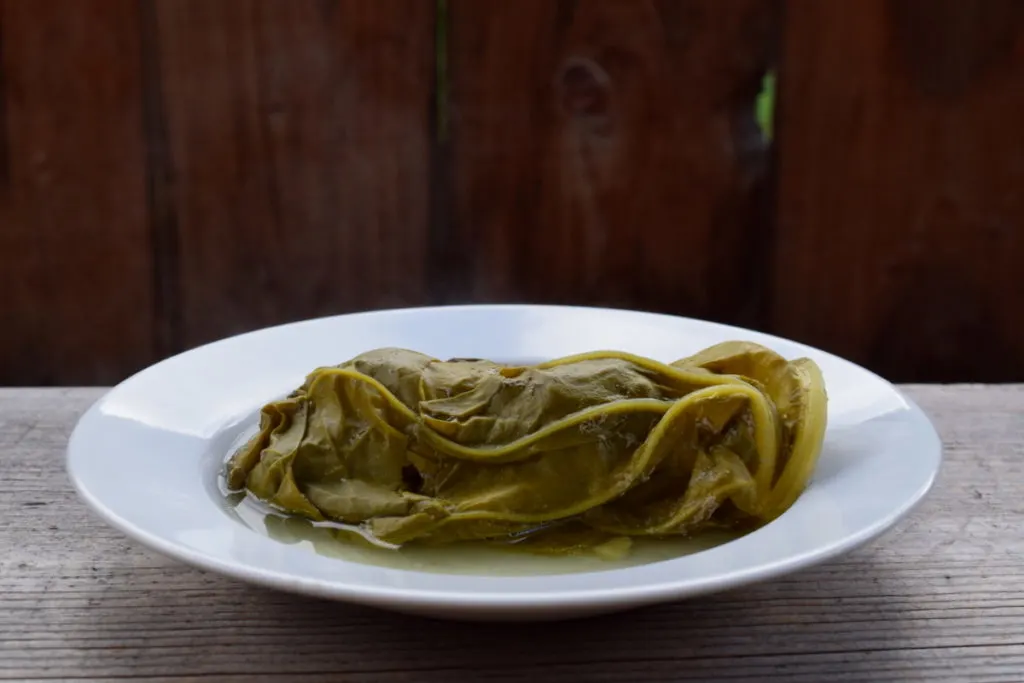
Here is a beloved Hungarian version of töltött káposzta and another one of Romanian cabbage rolls (sarmale).
Using chard will naturally mute the overall flavors a bit. But, unless you have sauerkraut material growing in the garden, an easy-to-wrap-with leaf is a wise choice.
6. Raw chard salad with beet leaves and walnuts
You were starting to question whether Swiss chard leaves are edible raw, weren’t you?
Yes, indeed they are.
Chard leaves are ever so slightly bitter when consumed raw, as opposed to cooked, so if you add a little sweetness to the salad (say, in terms of an apple or some yogurt and balsamic vinegar) all will be right with the world. And with your salad.
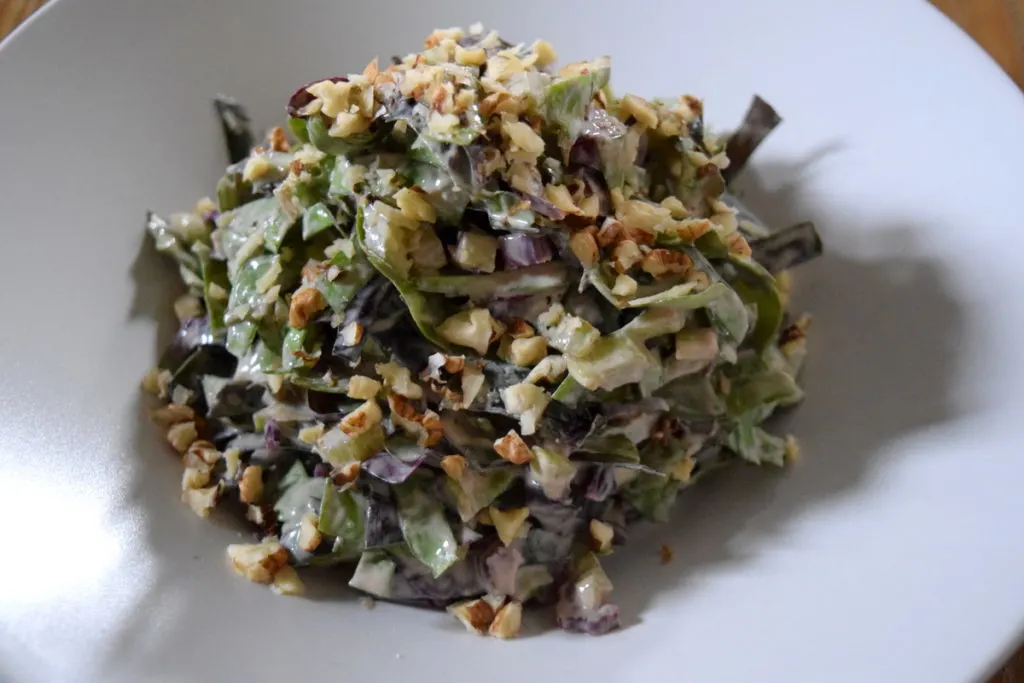
To make your salad, gather up some fresh leaves of both beets and chard, give them a good rinse and chop them up finely.
Add a sprinkle of salt, then dress them up with balsamic vinegar stirred into full-fat yogurt.
Mix everything together, then sprinkle with crushed walnuts.
All it takes is 10 minutes from start to finish.
Serve and enjoy next to just about any main dish from fish to breaded patty pan to steak.
7. Chard sauce with garlic
Sorrel sauce is a pure sourish delight to behold and to dive into with gusto. But it only tends to be available in early spring or late in autumn, when the days are cooler.
Make the same thing with chard and your taste buds will be overjoyed, whether you serve it with a pot roast or a side of fried potatoes.
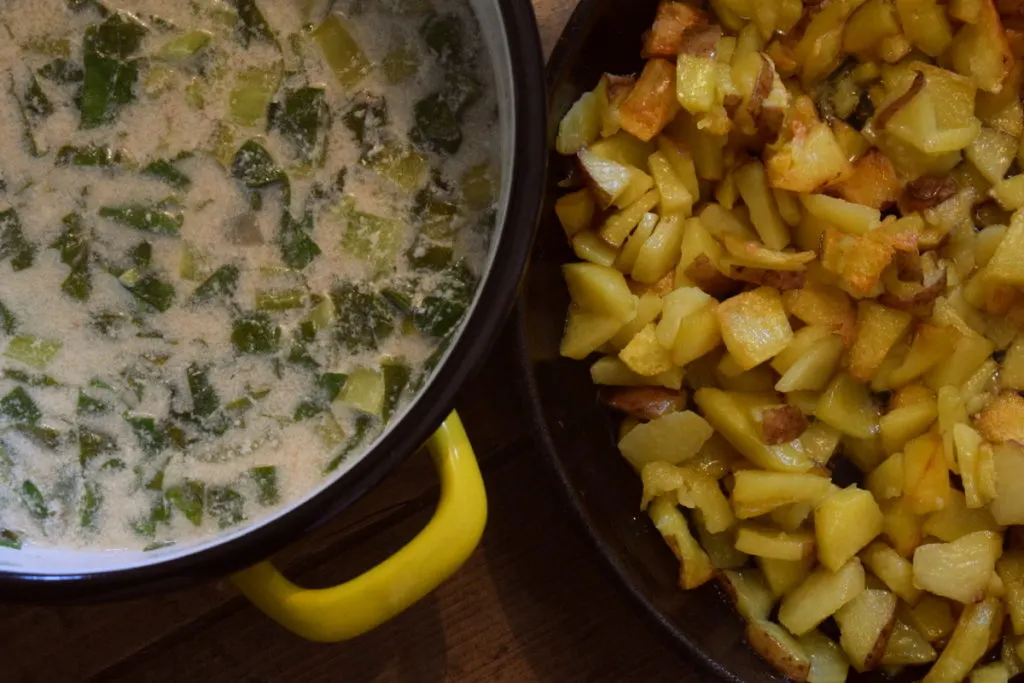
Kitchen tip: use heavy cream. If all you have is yogurt, by all means use it up, knowing full well that yogurt will curdle if the heat is too high. Entirely edible, perhaps less visually appealing.
And don’t forget to add some minced garlic to your chard sauce! It tastes great and also gives a boost to your health, so toss some in every chance you get.
Eating what you cook is a wonderful way to appreciate all the steps that go into growing your own food. If you make a mistake, go ahead and try again. And again. As many times as it takes to turn you into a better cook. The best cook on the block, or in the surrounding acreage.
Before you go..
Just in case you were wondering: Swiss chard has nothing to do with Switzerland.
It is an ancient Mediterranean plant related to beets that has been spread by countless seeds throughout the world. Eat it if you will, grow it if you can – and enjoy these 7 easy and delicious chard recipes every harvest you get.

Get the famous Rural Sprout newsletter delivered to your inbox.
Including Sunday musings from our editor, Tracey, as well as “What’s Up Wednesday” our roundup of what’s in season and new article updates and alerts.

